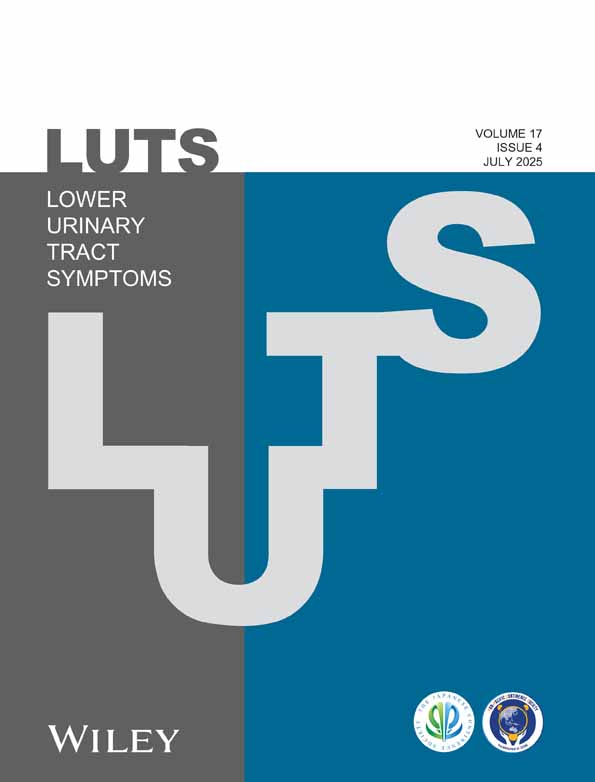Overactive Bladder is Positively Associated With the Prevalence and Mortality of Cancer Among US Adults
Funding: The authors received no specific funding for this work.
Jianing Liu and Kai Wang contributed equally to this work.
ABSTRACT
Background
Overactive bladder (OAB) is a prevalent urological condition often perceived as negligible or non-threatening, leading to its potential links with severe health conditions being overlooked. Notably, the relationship between OAB and cancer remains unexplored. This study endeavors to elucidate the association of OAB with cancer prevalence and mortality risks.
Methods
This study utilized data from the 2007 to 2016 cycles of the National Health and Nutrition Examination Survey (NHANES), incorporating linked mortality data up to December 31, 2019. OAB symptoms were quantified using the modified overactive bladder symptom score (OABSS), with scores ≥ 3 confirming diagnosis. Cancer status was self-reported and further clarified for cancer type. We employed multivariate weighted logistic regression to examine the association between OAB and cancer prevalence, and subgroup analysis to identify variations across demographic and clinical characteristics. Cumulative mortality incidence curves, adjusted via inverse probability weighting, and multivariate Cox regression analysis were utilized to investigate the relationship between OAB and cancer-related mortality.
Results
A total of 20 468 adults aged 20 and older were involved in this study. After adjusting for potential confounders, OAB was positively associated with the risk of cancer (OR = 1.36, 95% CI: 1.18, 1.57). Subgroup analysis revealed significant interactions between OAB and age (Pinteraction = 0.001). Survival analysis suggests that OAB was linked to higher all-cause mortality risks exclusively among cancer patients (HR 1.39, 95% CI: 1.17, 1.65) and elevated cancer-specific mortality across the overall population (HR 1.33, 95% CI: 1.03, 1.73).
Conclusion
OAB is associated with the prevalence and mortality of cancer among US adults.
Conflicts of Interest
The authors declare no conflicts of interest.
Open Research
Data Availability Statement
The data sets used and analyzed during this study are available from the National Health and Nutrition Examination Survey (NHANES) database https://www.cdc.gov/nchs/nhanes/index.htm.




